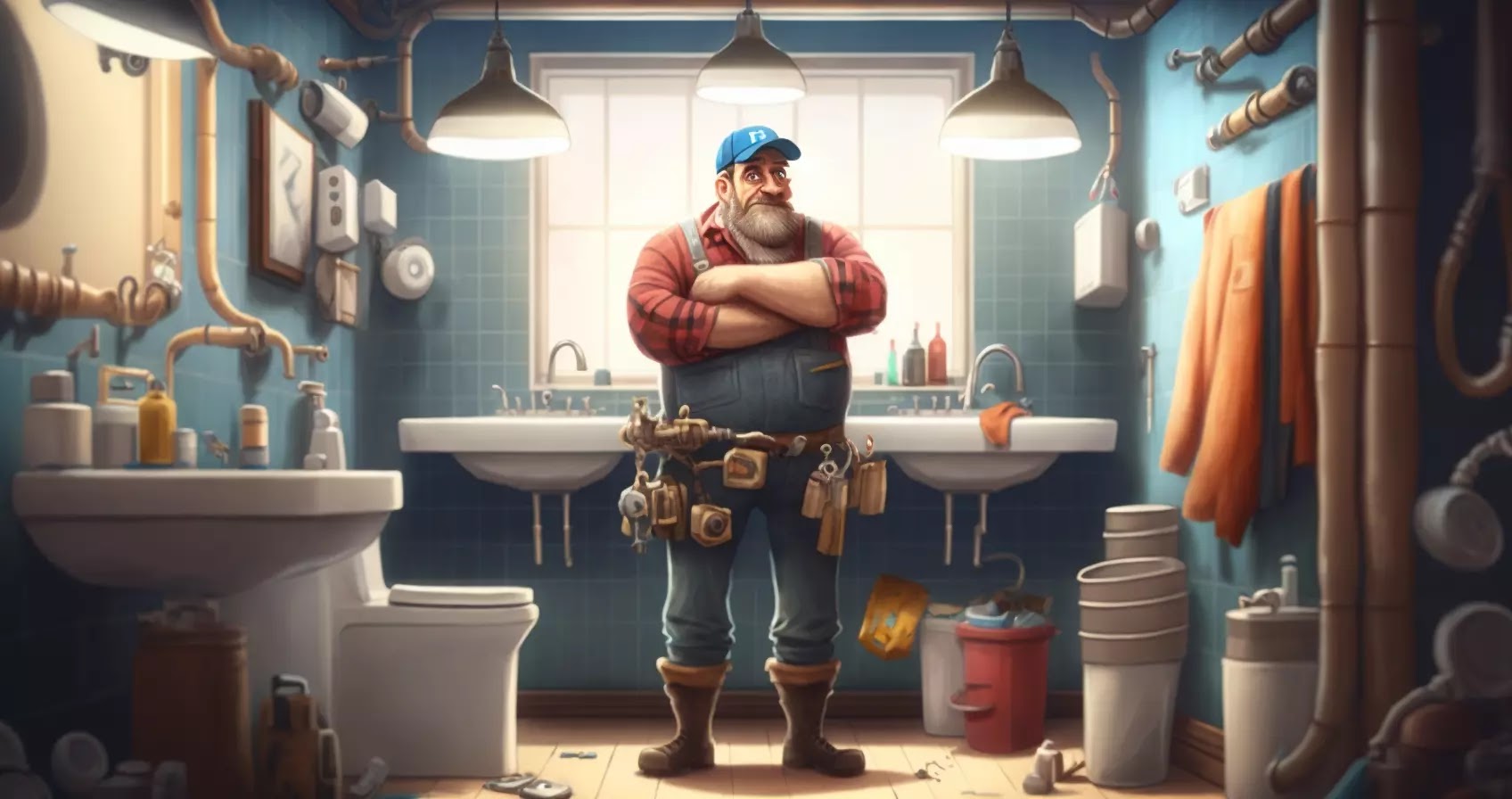If you have a passion for the outdoors and a keen eye for design, then becoming a Landscape Designer may be the perfect career choice for you.
As a Landscape Designer, you will have the opportunity to create stunning outdoor spaces that enhance the natural beauty of the environment while providing functional spaces for people to enjoy.

Quick Navigation:
Reasons to become a Landscape Designer
There are numerous compelling reasons to become a Landscape Designer. Firstly, you will have the opportunity to work in a creative field that allows you to express your artistic abilities.
Secondly, you will be able to work in a dynamic industry that is constantly evolving, which means that there will always be new challenges and opportunities to learn and grow.
Finally, as a Landscape Designer, you will have the satisfaction of knowing that you are making a positive impact on the environment by creating sustainable and beautiful outdoor spaces.
How to become a Landscape Designer
To become a Landscape Designer, you will need to complete a Bachelor’s degree in Landscape Architecture or a related field. Additionally, you will need to gain practical experience through internships or entry-level positions in the industry.
Once you have gained sufficient experience, you can become certified by the Council of Landscape Architectural Registration Boards (CLARB), which will allow you to practice as a licensed Landscape Designer.
Career Path of a Landscape Designer
As a Landscape Designer, you can expect to start your career in an entry-level position, such as a Landscape Designer or Landscape Architectural Intern. With experience and expertise, you can progress to more senior roles, such as Project Manager or Principal Designer. Alternatively, you may choose to start your own Landscape Design business and work as a self-employed consultant.
Career Development
There are numerous opportunities for career development as a Landscape Designer. You can attend industry conferences and seminars to stay up-to-date with the latest trends and technologies. Additionally, you can pursue further education, such as a Master’s degree in Landscape Architecture, to gain advanced skills and knowledge.
Requirements of a Landscape Designer
To be a successful Landscape Designer, you will need to have a strong understanding of design principles, as well as horticulture and environmental science. You will also need to have strong communication skills to work effectively with clients, contractors, and other professionals.
Interview Preparation for a Landscape Designer
To prepare for an interview as a Landscape Designer, you should research the company and its projects to gain an understanding of their design philosophy and approach. You should also be prepared to discuss your portfolio and design process, as well as your experience working with clients and other professionals.
Work-Life Balance
As a Landscape Designer, you can expect to work in a dynamic and fast-paced environment, which may involve working long hours and weekends during peak seasons. However, many Landscape Design firms offer flexible schedules and work-from-home options, which can help you achieve a better work-life balance.
A Day in the Life of a Landscape Designer
Here is a breakdown of a typical day in the life of a Landscape Designer:
| Time | Activity |
|---|---|
| 8:00am-9:00am | Check emails and respond to urgent requests |
| 9:00am-12:00pm | Meet with clients to discuss design concepts and project scope |
| 12:00pm-1:00pm | Lunch break |
| 1:00pm-4:00pm | Work on design concepts and create renderings using software tools |
| 4:00pm-5:00pm | Review project timelines and budget with Project Manager |
Wrapping Up
In conclusion, becoming a Landscape Designer can be an exciting and rewarding career choice for those who have a passion for design and the outdoors. With the right education, experience, and skills, you can build a successful career in this dynamic industry and make a positive impact on the environment and people’s lives.






